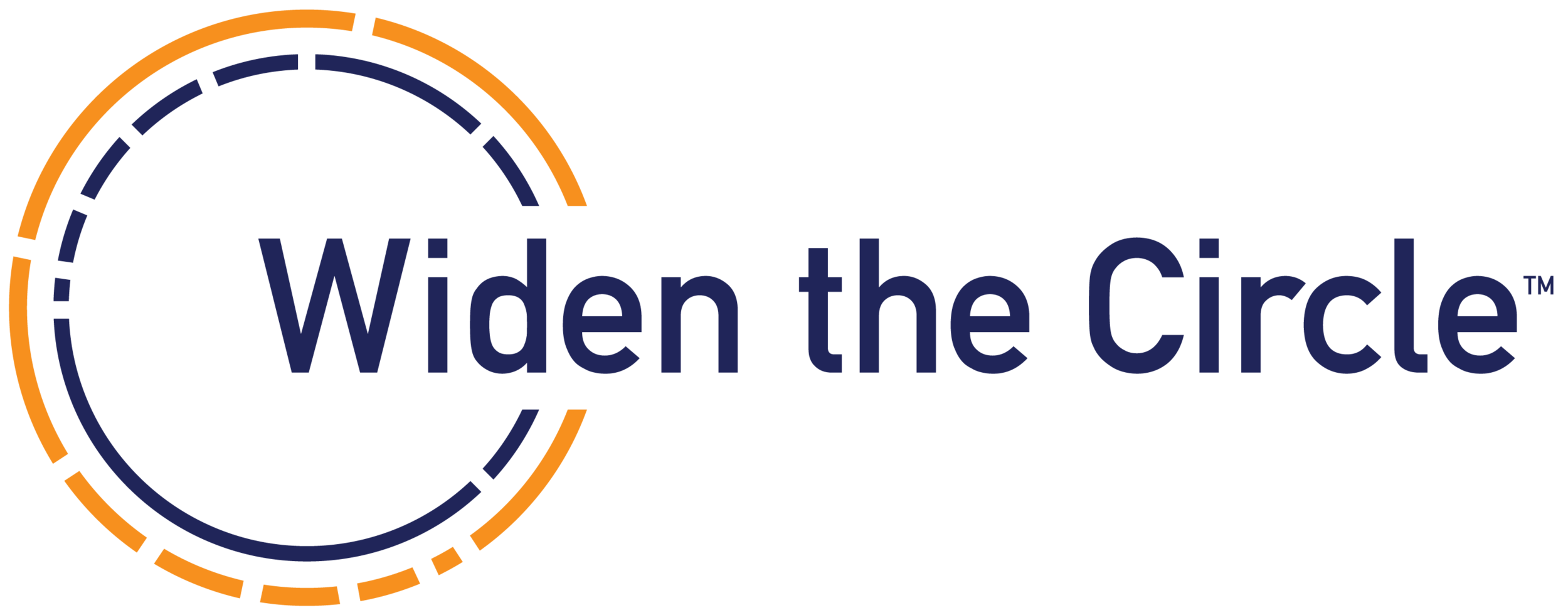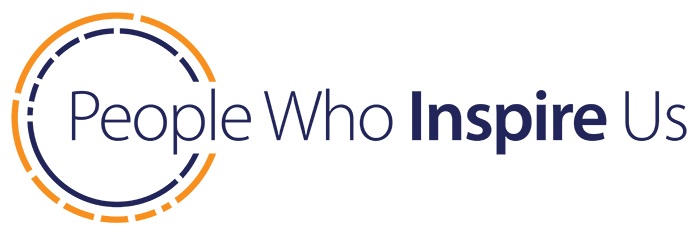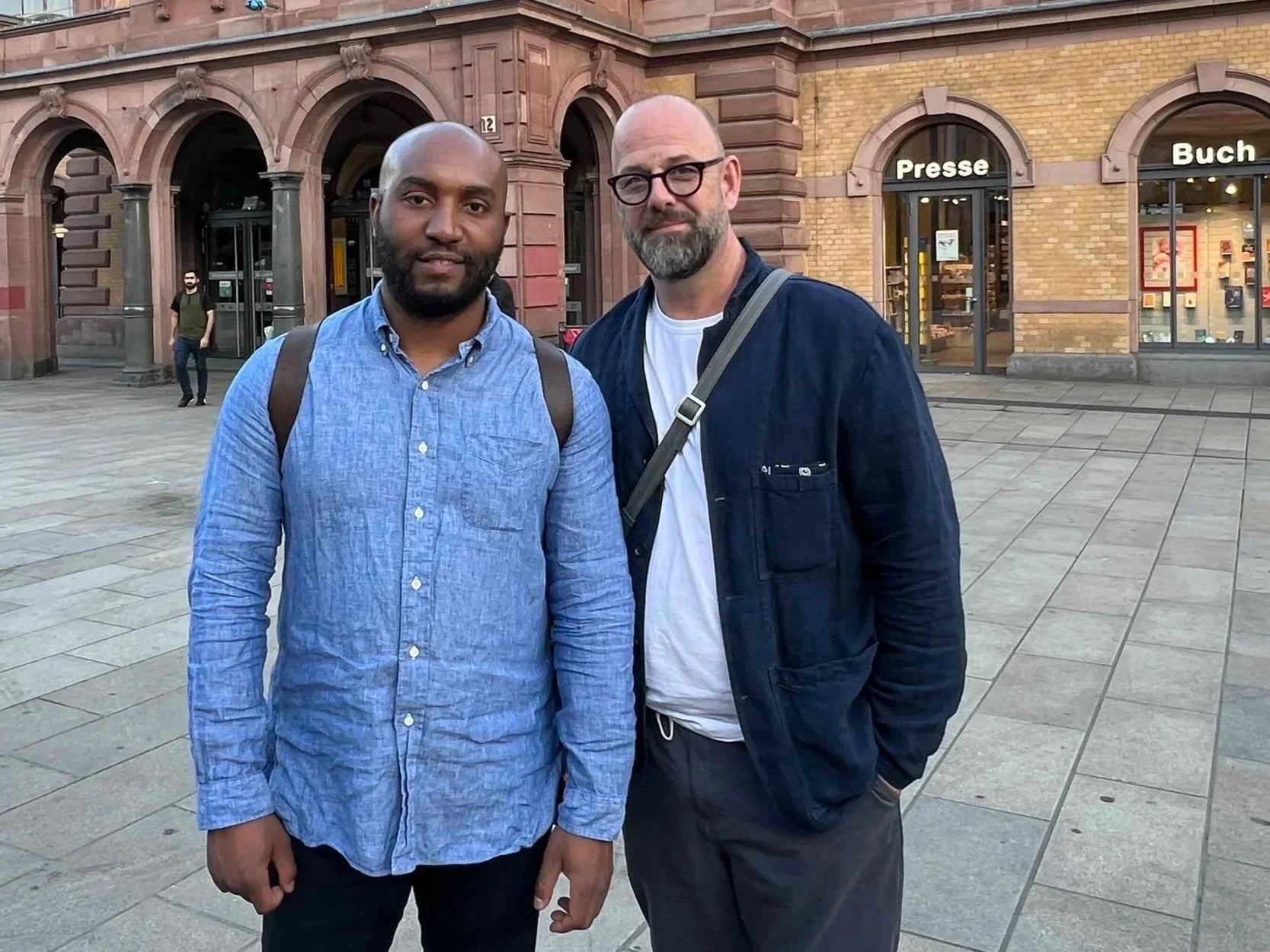Robert Edwards and Gregory Thompson
Gregory Thompson has a special perspective on the nature of white supremacy in the United States. He grew up in what he calls “a functional apartheid” in South Carolina, where his grandparents were members of the Ku Klux Klan.
But he went in a different direction, writing his doctoral thesis at the University of Virginia on Martin Luther King Jr. and dedicating himself to helping people see and understand the depth of functional racism in the United States and how its effects span generations.
Robert Edwards grew up in New York City. His grandmother moved her family there from segregated Fredericksburg, Virginia. He would ask his mother and aunt about what it was like to get on a Greyhound bus and leave everything behind to move to Harlem.
Today he holds a master’s degree in architectural history and is working toward a doctorate in historic preservation at Columbia University. He also purchased a 1947 Greyhound bus, which he uses to talk about Black mobility, a subject of his dissertation.
Thompson and Edwards are currently participating in Widen the Circle’s 2024 Berlin Fellowship and International Bridge Building initiative. They work together at Voices Underground, the nonprofit cofounded by Thompson and dedicated to “honest, collaborative, creative, and ongoing storytelling around race in America [as] foundational to racial healing.” They have worked on several projects together, but the most sweeping is what has been a seven-year effort to create a National Memorial to the Underground Railroad.
The name Voices Underground comes from the story of Cain killing his brother Abel. When Cain tries to hide the crime, God says “I heard your brother’s blood crying out from the ground.”
“This is the first justice passage in the Torah, and it’s a moment where someone not only did an event, but tried to destroy the memory of that event,” says Thompson. “Part of what we learn from that passage is that justice begins with a form of memory; it begins with remembering and being willing to tell [and] to hear the stories.”
Telling the Underground Railroad story
The Underground Railroad project is focused on southeastern Pennsylvania, where freedom seekers would cross the border from the slaves states of Delaware and Maryland into Pennsylvania, one of the earliest free states.
“It’s important to understand that there were free Black communities [along the border] that are driving a lot of the abolition of slavery,” Thompson says. “There are white communities that are largely religious in nature. There are women, there are men, so we’re crossing not only gender, race, religion, political jurisdictions — it’s a boundary crossing collaboration, so a lot of our work is exploring the meaning of the boundaries and the borders between us and what it means to cross those together in the interest of freedom.”
The memorial will encompass several sites, including one at Lincoln University; one that includes a Quaker meeting house and a nearby home that served as a safe house; and an area that crosses the border between states, to give a sense of the journey and the landscape involved.
Voices Underground is also collaborating with Lincoln University, which was among the first historically Black universities in the U.S. They have partnered to establish a new Center of Public History and a digital archive at Lincoln, with the hope of creating a concentration in Black liberation studies.
“We not only want to tell stories that are rooted in experiences but also rooted in scholarship,” says Edwards. “We spend a lot of time in archives, and we define archives very differently than in traditional academia. We find primary resources, secondary resources, but we also collect oral histories. We look at music, poems, art…to inspire our work… [and] tell more impactful stories.”
A large-scale project like this takes perseverance and patience to execute. Thompson and Edwards have taken a collaborative approach — just as the Underground Railroad was at heart a vast collaboration, they have sought to listen and discuss with the disparate groups and people who have an interest in the project. “We’ve been working on this for seven years and we’re only just now getting to the design phase — and even our design team is a collaboration,” says Thompson. The project may take another five years to complete, he says.


